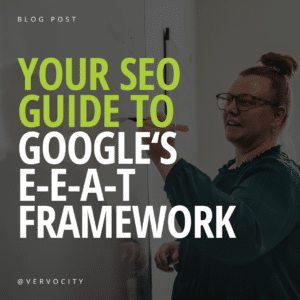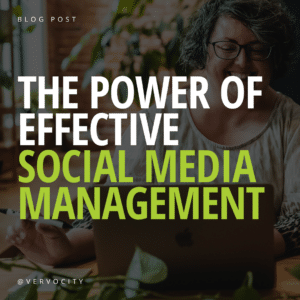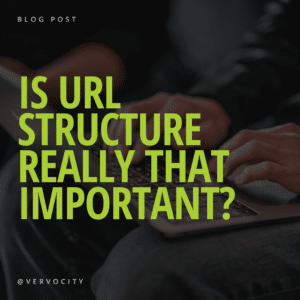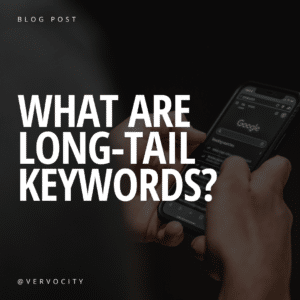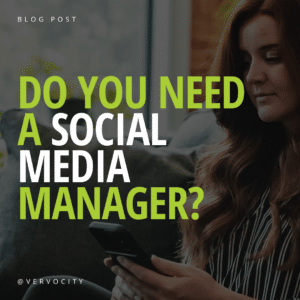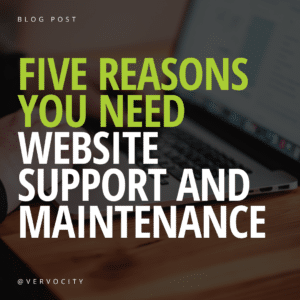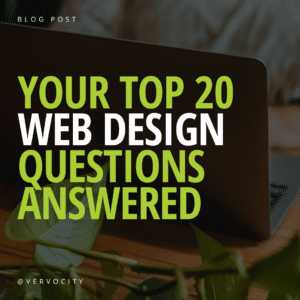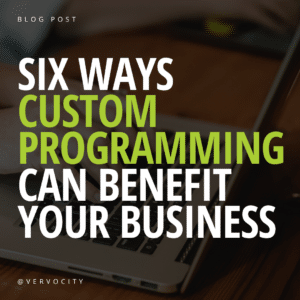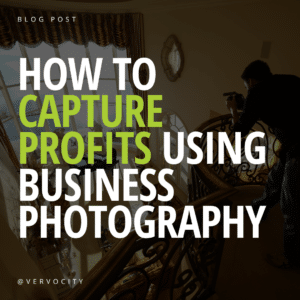As a business owner, manager, or employee you’re already very busy on the job. You’re probably wondering where you’ll get the time to add social media marketing into the mix. Well, don’t worry. You don’t need to spend a ton of time on social media to make an impact, but you should start by deciding which platforms are right for your business.
Is social media in general right for me?
Yes, you need social media. Social media comes with many benefits for the average business including …
- One-on-one contact with potential and current customers
- Interaction with customer feedback
- Brand awareness
- Search engine optimization benefits
- Traffic to your website
- Easily shared marketing
- A way to promote brand loyalty
This doesn’t mean you should go out and impulsively create a page on every social media site. Be selective when deciding where to invest your time and effort. Not every platform is a good fit for your client persona, so let’s break them down.
You absolutely need to be on Facebook. There are 2.07 billion monthly active Facebook users as of the third quarter of 2017. (Facebook MAUs) The biggest active age group is from 18 to 49 and the highest traffic occurs mid-week between 1 and 3 p.m. (Bit.ly blog)
Facebook has excellent audience insights and analytics tracking. This means you can learn more about your followers and who is interacting with your posts and ads. You’ll be able to target a more qualified lead when you know more about them and their wants and needs.
Facebook Tips:
- 99% of people only see your posts in their news feeds. No one is really visiting your page, so make each post count.
- Make sure you have a very recognizable profile picture. A logo works best as a profile picture.
- Don’t worry too much about your cover photo. Followers only see it as a post in their feed, so you could change it seasonally or once in a long while.
- Make sure you have a really well-written About Us section with lots of details about your company.
Common uses for Twitter include learning about products or services, voicing opinions about those products and services, one-on-one customer service, and breaking news. Surprisingly, Twitter users are three times more likely to follow brands than Facebook users.
More than half of all Twitter users never post any updates, so it’s very important that you are keyword and hashtag heavy in your tweets. They’re also watching video tweets. Video grew by 50 percent in 2016, which is huge!
Instagram or Snapchat?
Both Instagram and Snapchat (and Facebook) use stories. Basically, your stories are a personal feed that shows your recent activity.
On Instagram, users can like and comment, respond to stories, and watch Instagram Live sessions. You can directly message customers, too. Your posts stay visible forever, but your stories disappear at the end of 24 hours.
On Snapchat, your engagement is more on a one-on-one level. You can respond to a story or send it directly to a friend. Your “snaps”, or posts, that you send to individuals expire in seconds, but stories expire in 24 hours.
Instagram makes it very easy to find new accounts to follow and interact with, while Snapchat relies more on word-of-mouth.
Users “pin” things they like to their boards. Think of each board as a topic or category like Our Services, Our Team, Inspiration, and others. User engagement is addictively high when it comes to Pinterest. Most people can’t resist sharing content when they are sucked down the rabbit hole of surfing pins.
Pinners like to spend money and Pinterest has been shown to drive consumer purchasing behavior. Pins aren’t seen as ads even when that’s just what they are. Pins live longer that typical social media posts and can start to go viral again at a later time.
If you rely on your website to fuel sales and marketing for your business, Pinterest is a great tool for increasing links back to your website and thus driving increased traffic. Research indicates that Pinterest is more effective in sending traffic to a website compared to other social media websites including Facebook and Google+.
LinkedIn is more important to B2B marketers than Facebook, according to the Social Media Marketing Industry Report. You can use it to create awareness and improve professional reputation. Businesses have the opportunity to network with an increasing number of contacts through LinkedIn. You can use both personal and group features to improve your brand credibility here.
Customers and prospective customers are both likely to post questions and needs, giving you the opportunity to identify them as a new lead. Similarly to Facebook, you can watch the things they share, like, and comment on to get to know them and their needs.
One paid feature worth looking into is the integration between Sales Navigator and your CRM. LinkedIn boasts that Sales Navigator has been built to integrate seamlessly with your team’s daily sales and relationship workflow. The integration allows you to move important information including leads and accounts from your CRM into the tool.
BONUS: Google My Business, YouTube, and Google+
You should definitely claim your Google My Business listing for search engine optimization purposes. Remember that the content you’re putting into that listing, your YouTube account, and any Google+ posts is going directly into the Google search engine and it will help people find you more easily.
If you need help claiming your Google My Business listing, check out our other blog article called “Wait! Don’t Create That Google My Business Listing Until You Know What You’re Doing” for step-by-step help.
Summary
New or small businesses can usually stop with Facebook, LinkedIn, and Google My Business. If you’re going to join any of the other platforms keep in mind that you need to have the resources to manage the accounts regularly. Also, make sure that your goals match the target audience. If you don’t have the time or resources to generate content at least weekly, you might just skip it altogether. A well-used and well-loved account gets more traction and attention than a dead account that you never touch. You also run the risk of missing powerful interactions and potential sales when you don’t come back and check up on things regularly.
If you need assistance with your social media management or just more tutoring on how to do things, don’t hesitate to contact Vervocity. We can do one-on-one training with your team or just handle your accounts for you. Give us a call at (217) 222-1451 for details today.

